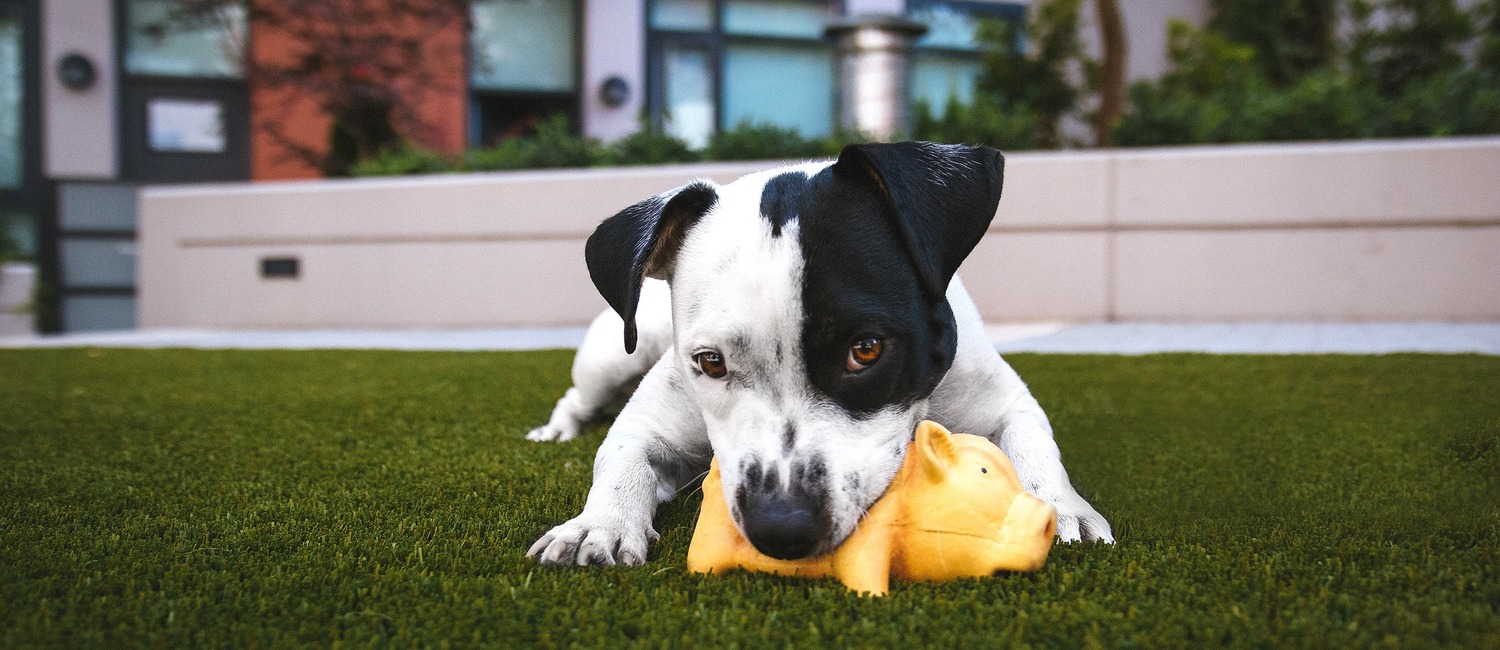
Why You Should Take the Time to Train Your Dog
Puppies are just about the cutest things on the planet. It’s a fact many people will wholeheartedly agree with. But ever ask anyone who’s raised a puppy, and they likely have a few other choice things to say about them as well.
Sure, they’re fluffy and always Instagram ready, but as lovable and adorable as puppies are, they sometimes have trouble understanding that what they do while exploring the world isn’t always well-received by the people who’ve welcomed them into their homes.
Though the saying, “you can’t teach an old dog new tricks” is probably more cliché than fact, it does ring true when it comes to basic training techniques for dogs. As puppies grow, if they aren’t taught right from wrong in the beginning, they will often carry these bad behaviours with them throughout their life. That’s why proper training at the right stage is crucial.
Why Training is Worth Your Time
Ensuring your dog understands basic puppy etiquette is a huge benefit to both you and your dog. Not only does training teach your dog social skills, increase their obedience level, and stimulate their minds with activity, it also allows you to better ensure their safety and gives you better bonding opportunities with them as well.
As your dog grows, the more you begin to understand their quirks, and further, the more they’re able to sense your moods and read your movements and expressions. By providing praise when your dog does a good job, the more inclined it will be to keep up that action — even more so if they know they will be rewarded with a tasty treat.
An untrained dog can be a hazard for many reasons, chief among them safety. If your dog doesn't know how to respond to basic commands, their life can become in danger when it gets too excited and tries to chase a bird or squirrel into the street. This can also put other people at risk when the pup is jumping up on people to play or bites someone simply because it never learned that those actions are wrong.
Basic Commands Your Dog Needs to Learn
Before you even begin training, you have to learn the basics yourself. Doing your research in advance is important because if you don’t know what you’re doing, how can you expect your dog to? Some things to keep in mind when it comes to dog training are:
Don't move too fast. Puppies have short attention spans, which means that if you try to teach them too much at once, they can get overwhelmed and may actually revert in their training progress.
Choose the right environment. Young dogs can be easily distracted, so if you try to train them in a busy atmosphere, like a park, they won't be able to provide their full attention to the task at hand. It's also a good idea to limit the number of people that are around so that it doesn't get confused about whose orders it should be following.
Don't force it. If your dog isn't in the mood, don't try to train it. A hyper or overtired dog will not be able to give full focus to training, and this will likely end in frustration for you both.
Keep it consistent. Pick a strategy and stick with it. Don't change up commands or techniques after you've already established a way that works.
Though we all love a good trick — like roll-over, fetch, or shake-a-paw — these are not the best to start with at the beginning. A lot of cute tricks require the structure of basic commands first for your dog to be able to perform them.
So before you dive right into the crowd-pleasers, ensure your dog knows these primary skills:
Sit. This command will help keep your dog still and get their attention focused on you.
Stay. This command will teach your dog to remain in place, even if you've left the room.
Come. Also known as recall, once your dog knows this, you'll be able to call it to you whenever you need it to return to your side.
Down/Off. Regardless of what word you choose to use this will signal to your dog to not jump on people, furniture, or anything else.
Drop It. If your dog likes to eat whatever it comes into contact with, this command could be a lifesaver to ensure they immediately drop whatever they've found.
Leave It. This command will help ensure your dog is not distracted by things in the world around it and teach it to focus on the task at hand.
Teach Yourself Some New Tricks Too
Training a dog isn’t easy. It takes time, patience, and more treats than you can probably count. Which is why it never hurts to enlist some help and learn something new!
If you’re not sure about where to start when it comes to training your dog, there are many resources to help you and your dog grow and learn together. Attending obedience classes or hiring a dog trainer is a great place to start. You can also check out tips and tricks from well-known dog behaviourists like Cesar Milan, or watch popular YouTube channels like Zak George’s Dog Training Revolution.
Finding the right resources — or people — to help you and your dog get the most out of your time together is your best bet to a happy, healthy, and safe pup. Training is essential to the well-being of your dog, and taking the time to teach them just a few simple commands can help make their life a little safer and yours a lot easier.